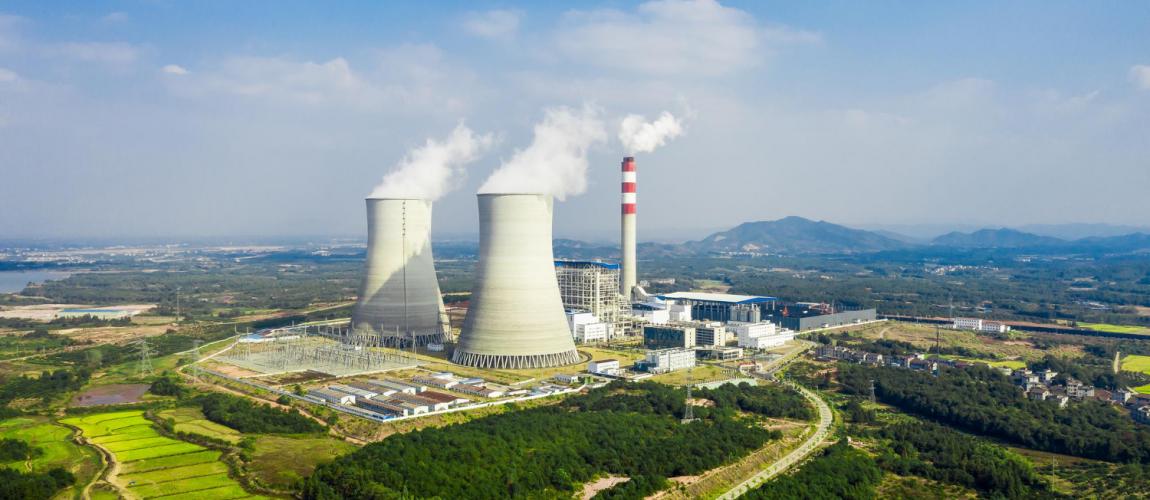Keppel Seghers Waste-to-Energy Plant, Singapore

Photo Credit: Image by Freepik
On this page: A case study on Keppel Seghers Waste-to-Energy Plant, Singapore. Find more at the Municipal Public-Private Partnership Framework - Project Summaries section for brief summaries of around 100 projects from around the world, examples of successes and challenges, as well as innovative ideas on solutions, or visit the Guidelines to Implementing Asset Recycling Transactions Section Overview and Content Outline, or download Full Version of the Report.
Project Summary: Background Between 1970 and 2000, Singapore experienced significant growth and urbanization. As a result, the city-state’s solid waste grew at 8 to 10 percent every year from an estimated 1,200 tons/day in the 1970’s to 7,700 tons/day at the turn of the century. After considering a variety of technologies, including composting, baling, and others, the government decided on mass-burn incineration to dispose of solid waste. The decision to invest in mass-burn incineration was driven primarily by four characteristics of this technology: (1) up to 90 percent waste volume reduction, (2) electricity generation capacity, (3) bottom-ash and fly-ash recycling, and (4) scrap metal recovery. Following the 1979 construction of Singapore’s first Waste-To-Energy (WTE) plant, the Singapore government would go on to construct three more WTE plants for the country under Design-Build (DB) contracts with the private-sector. This left the government responsible for the financing and operational risk, which was also capital intensive in construction and operation. Project Structure With the lifecycle of the first WTE plant winding down, the Singapore government decided to develop a fifth site for its waste management system. However, instead of using the DB-method as with the previous four, the country opted to pursue a different PPP-model in the hopes of injecting more competition in the waste incineration sector. In 2001, the government tendered development of the new plant with a focus on having the private sector partner undertake the financial, design and demand risk associated with the project. It was not well-received by the market and only one, noncompliant bid was received. The lack of interest was seen as stemming from developers being unwilling to bear the demand risk due to the uncertainty of waste growth and the lack of guarantees around the facility’s waste streaming. The Singapore government commissioned a study to investigate the waste incineration industry, in light of the failed tender. The outcome of the research yielded the following recommendations: Adopt a DBOO (Design, Build, Own, Operate) scheme with full ‘take-or-pay’ approach; Government should enter into ‘take-or-pay’ agreement with the developer to buy 100 percent of incineration capacity at a price determined through the tender; Government should bear demand risks by giving the operator full capacity payment, regardless of the actual utilization rate of the plant. The Singapore government reopened the call for proposals, this time electing to use a 25-year concession contract with ‘take-or-pay’ approach. This not only led to more market engagement but also to Keppel Seghers being awarded the tender in late 2005 and opening the site for commercial operations in 2009. To date, the company has been operating the facility with no major incidents or concerns. Lessons Learned The country now has four WTE plants in operation (the first plant was decommissioned in 2009), which handle all incinerable waste collected. Two of the plants are owned and operated by Keppel Seghers, which handles about 50 percent of the daily collection. The others are operated by Singapore’s National Environment Agency (NEA). The case underscores that municipal governments should respond to failed tenders with a careful examination of the proposed PPP-structure. Commissioning a study on the industry and likely explanations for an unsuccessful tender may help identify changes that will strike the right balance of risk and incentives for successful delivery of the PPP.
This is a new section of the PPPLRC website and is currently in draft form. Your feedback is welcome: If you would like to comment on the content of this section of the website or if you have suggestions for links or materials that could be included please contact us at ppp@worldbank.org.
To find more, visit the The Municipal Public-Private Partnership Framework - Project Summaries section, the Guidelines to Implementing Asset Recycling Transactions Section Overview and Content Outline, or download Full Version of the Report.
Updated: March 9, 2024